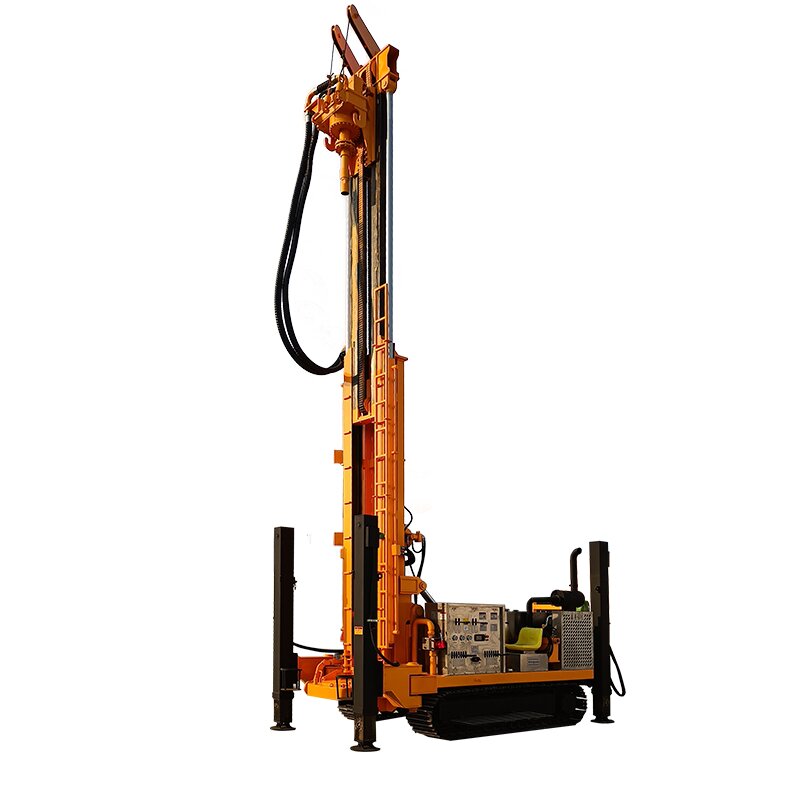Crawler drilling rig is a kind of efficient drilling equipment, which plays an important role in engineering construction. In order to ensure the normal operation of the drilling rig and the safety of the operator, adequate preparations must be made before use.
Safety check
Personnel qualification: the operator must be professionally trained, and hold the relevant operating qualifications.Site survey: Confirm that the operating site is level, stable, free of obstacles, and set up a safety cordon.
Equipment inspection:
Appearance Inspection: Check the appearance of the drilling rig for damage, deformation and other abnormalities.Hydraulic system: Check the hydraulic oil level, whether the oil pipe connection is firm, no leakage.
Lubrication system: check whether the lubrication points are filled with enough lubricant.
Electrical system: check whether the cable, wiring is intact, control switch is sensitive.
Drilling tools: Check whether the drilling tools such as drill bit, drill pipe and impactor are in good condition and whether they are firmly connected.
Safety devices: check whether the safety valve, pressure limiting valve and other safety devices are normal.
Operation preparation
Familiarize with the equipment: the operator must master the structure, performance and operating procedures of the drilling rig.Develop construction program: According to the construction requirements, develop a detailed construction program, including drilling depth, hole diameter, hole position, etc..
Prepare tools: Prepare necessary tools, such as wrenches, screwdrivers, grease and so on.
Wear protective equipment: the operator must wear helmet, safety shoes, protective gloves and other protective equipment.
Start the preparation
Check the oil circuit: start the hydraulic system, check whether the hydraulic cylinder action is flexible.Check the circuit: check whether the circuit connection is correct, whether the control switch is sensitive.
Check the cooling system: ensure that the cooling water is sufficient, the radiator is smooth.
No-load test run: in the absence of load, low-speed test run the drilling rig, check whether the components are working properly.
Preparation for drilling
Drilling position sampling: According to the construction program, accurately put out the drilling position.Installation of drilling tools: According to the drilling requirements, select the appropriate drilling tools and install them correctly.
Connect the water pipe: Connect the water pipe and make sure the cooling water supply is sufficient.
If you don't know how to select the right water well drilling rig, click the link below to contact our professional team directly.
Comments
Post a Comment